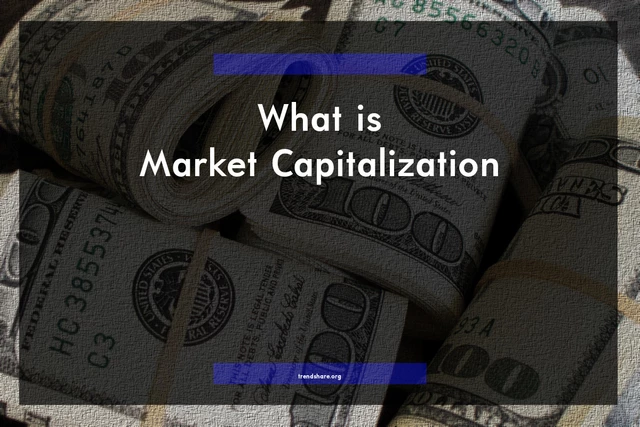last updated
What is market capitalization? The size and popularity of a stock influences whether it's worth investing in right now.
More Investing Articles
Investing During the Coronavirus Pandemic
Every investment has risk and every investment has potential reward. While no one can predict the future with accuracy, clever investors can restrict the possibilities by measuring specific financial attributes of stocks. For example, a small company may have a lot of room to grow but fewer opportunities to recover from slow years, whereas a large company may need to make more money by cutting expenses or expanding into new markets.
What is Market Capitalization?
Market capitalization is a measurement of the current value of the company's outstanding shares on the stock market. In other words, market cap measure how much money you'd have to spend right now to own all of the public stock of a company. It's an artificial question in a couple of ways—not all of the possible shares may be for sale right now, and certainly buying all that many shares would push the price up—but it's an interesting measurement of investor sentiment as well as the company's size.
To calculate market capitalization, multiple the current price per stock by the total number of outstanding stocks. For a Canadian lumber company selling at $48 per share, with 100,000,000 shares outstanding, you get a market cap of $4.8 billion. This number can and will fluctuate: if the price goes up to $50 per share tomorrow, the market cap will be a round $5 billion.
Keep in mind that some stocks, famously Google and Facebook have a majority of shares held privately by their founders. (This is often done to control voting rights for the board of directors.) For a true cap calculation, you should take this into account. It's public information, after all.
What Factors Affect Market Cap?
Because capitalization depends on the combination of stock price and number of outstanding shares, it's less susceptible to manipulation than stock price, dividend yield, or other financial measurements. A business which performs a stock buyback to reduce the number of shares outstanding tends to see its share price rise—and, thus, its market cap stay stable.
Like the P/E ratio, market cap can give you a sense of how the market as a whole views a stock, especially in comparison to companies with similar sizes—not size in the cap measurement, but number of employees, customers, amount of earnings and profit, and so on.
What does Market Cap Mean?
Tracking market cap allows you to group stocks of similar sizes together. For example, a large-cap stock ($10 billion or more is a large-cap stock) is likely a member of the S&P 500, if not the Dow Jones IA. These companies tend to be stable and can weather economic troubles to come out ahead.
A small-cap stock may be worth a few hundred million dollars, but this may also offer some nimbleness. There's a lot more room for a small business to grow into its market segment (especially if it's new). In other words, Coca-Cola won't grow ten times larger by selling more Coca-Coca, whereas Nautilus could grow ten times larger by selling more exercise equipment or accessories.
There's a relationship between company size and market risk. Because investor sentiment affects the stock price (due to earnings, free cash flow calculations, intrinsic value, etc), you'll see some investors rush toward small and micro-cap stocks while others stick with the tried and true blue chips.
When a stock's price takes a dive (and the company hasn't issued a tremendous amount of new stock, diluting the existing pool), the business is probably in trouble. At least, enough investors believe that to be true, that sellers outnumber buyers. While it's rare for a stock to jump between levels of the market cap chart, you'll often see companies with debt problems or bankruptcy enter penny stock territory. While the technical definition of penny stocks has more to do with price than capitalization, their link is obvious.
Should Value Investors Pay Attention to Market Capitalization?
What does this mean for value investors?
There's more risk in investing in small cap stocks, because of their size, but there are also more opportunities. Large, institutional investors don't pay much attention to smaller stocks, partly because there are too many to analyze and partly because they're prohibited by law from owning too much of any one stock.
That can leave a lot of great stocks relatively unstudied and untouched.
If you limit your research to stocks worth less than a couple of hundred million dollars (and avoid penny stock territory), you can find many great companies with good products and services and the potential to grow much, much larger. Sometimes these stocks are on sale too.
Of course, mid- and large-cap stocks are sometimes bargains. Sometimes market sentiment turns on a stock for no good financial reason, and you can double or triple your money in short order. Yet this is an ideal situation: a stable business available at deep discount.
Use market capitalization as a filtering tool to find overlooked stocks. It's not the be-all, end-all of stock calculations or figures, but it's a good way to categorize businesses and winnow down the possibilities until you find those hidden gems in the market.
← What is Dividend Yield? | What is the Quick Ratio?→
